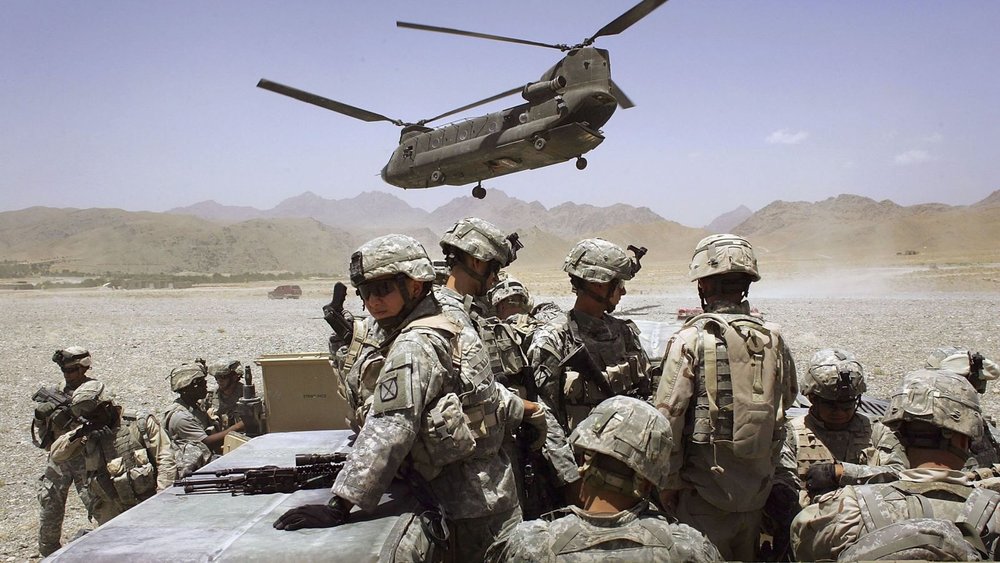Trump’s decision to withdraw troops from Afghanistan underscores fatigue and failure

TEHRAN - In a surprise announcement, U.S. President Donald Trump has ordered withdrawal of half of the 14,000 American troops stationed in Afghanistan, underscoring sense of fatigue and failure.
The order came on Friday, shortly after U.S. Defense Secretary Jim Mattis announced that he was stepping down because he felt he could “no longer continue to execute Trump's policies”.
In Afghanistan, the news evoked mixed response. Some saw it as a welcome development that may give much-needed push to peace process, as one of Taliban’s demands is withdrawal of foreign forces.
Others felt that the timing has not been choreographed well as Taliban has upped the ante in recent months, striking at will.
“It is strange that the U.S. president has announced the drawdown at a time when the Taliban are controlling or contesting at least half of the country,” said Nasir Yusufzai, a Kabul based analyst. “What was the purpose of fighting the group for 17 years only to beat humiliating retreat?”
According to reports, Afghan officials had not been consulted or even warned by U.S. officials about the sudden drawdown, which shows “how seriously the government in Kabul is taken by Trump administration”, as one official put it.
Afghan government led by President Ashraf Ghani has already felt sidelined after U.S. government decided to go ahead with direct talks with the Taliban in UAE, since the insurgent group has refused to talk to Kabul.
President Ashraf Ghani’s office played down the significance of troop reduction, saying that the Afghan forces had weathered such storms before.
His chief advisor Fazel Fazly also said that the withdrawal of U.S. forces will not affect the security. “In the past four and half years, our security is completely in the hands of Afghans, and the final goal is that Afghan national defense and security forces will stand on their feet to protect and defend our people and soil on their own,” he said in a statement.
However, according to sources Kabul has been taken aback by the U.S. decision that was taken without consulting it.
“U.S. government decides whether or not to talk to Taliban, it decides when and how to withdraw troops from Afghanistan, it decides when and where to launch drone strikes, so what is the job of government in Kabul,” asks Mohammad Umar, a political researcher based in Kabul.
President Trump has long wanted to pull troops out of Afghanistan, considering the war a lost cause. However, he was persuaded by Defense Secretary Jim Mattis and others military leaders to change his mind. Interestingly, the decision came after resignation of Mattis.
Rift and disagreements between the two reached a point where Mattis choose to call it quits.
U.S. forces, which invaded the country in November 2001, have admitted defeat in their longest war, which has now stretched into its 18th year.
The U.S. and NATO formally concluded their combat mission in 2014, but American and allied troops remained on the pretext of working to “train and build the Afghan military”.
However, security situation has deteriorated in the war-torn country in recent years, with the Taliban and ISIS launching complex attacks across the country.
As a testimony of U.S. failure in Afghanistan, Taliban insurgents today control or contest nearly half of the country and are more powerful than at any time since a 2001 invasion.
Leave a Comment